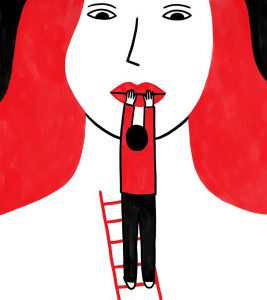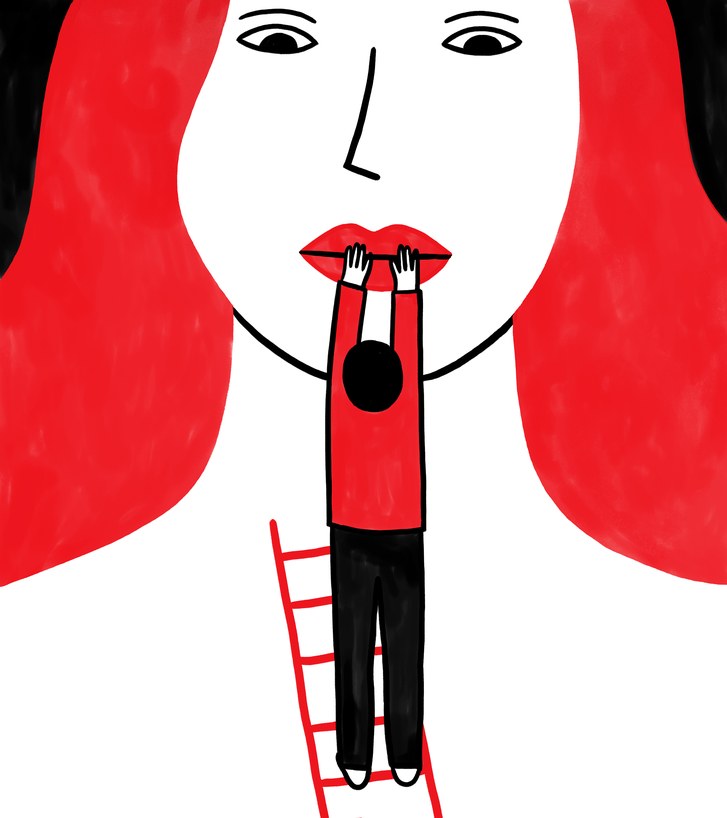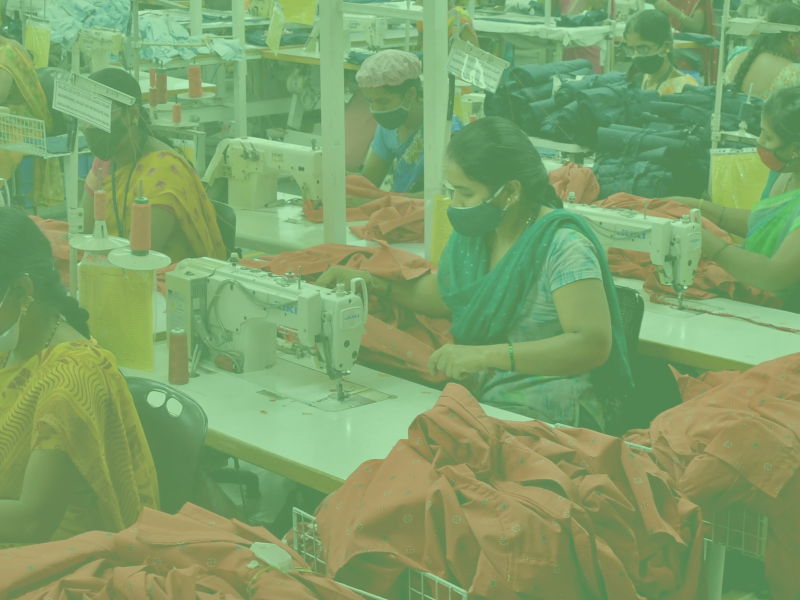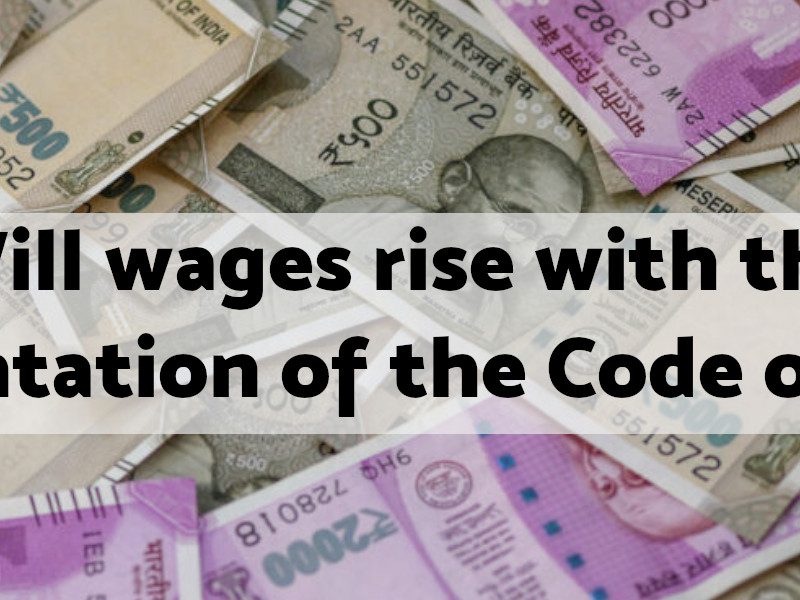Sexual harassment at work is far more prevalent than is ever reported. Most women across the world, choose to remain silent and bear it for multiple reasons. The question oft repeated if and when a woman speaks out is: Why didn’t she complain earlier? Fear of reprisal and of inaction, of being ridiculed and ostracised, of social pressure including that from members of the family, friends, peers, and finally even the fear of losing the freedom to step out of one’s house act as deterrents to raising a complaint.
The series of allegations women across the world have made against men of power as a part of the #MeToo campaign from Hollywood to academia to the media shows only the tip of an iceberg. What this also indicates is even working women who seem to be more privileged than others, who are role models for many, who even have been advocates for many social causes, do not feel empowered enough to speak up against the men of power in their lives. Women often take years to recover from this kind of attack and in many case, they remain bruised forever. With every instance of sexual intimidation, violence, harassment, the woman gets isolated and reduced to an individual, rather than addressing her complaint as a collective issue that not just affects her but in fact transforms the entire workplace into a hostile environment for all women.
Exercise of power is central to sexual harassment at the workplace and hence majority of incidents occur between women workers or employees and their seniors, supervisors or managers. Not only do seniors, supervisors and managers have, by definition, greater authority and power, they also control the conditions of work at the workplace such as assigning tasks, setting work targets, evaluating performance and recommending promotions. While it might be difficult to find any working woman who has not been sexually harassed at work, the incidence of harassment rises as the vulnerability of the woman rises. Thus the incidence of sexual violence rises when the woman is young, is single/divorced/widowed, is a dalit/adivasi/muslim woman, is a migrant, is less educated, has little access to alternate employment, and no access to unions.

The Curious Case of Rupan Deol Bajaj
The case of Rupan Deol Bajaj, a senior IAS officer, against ‘super-cop’ KPS Gill was one of the most high-profile legal cases on sexual harassment in India. The case
was filed in 1988 and finally in 2005, the Supreme Court upheld the Punjab High Court verdict and ordered a 3 month rigorous imprisonment, 2 months of normal jail term followed by a 3 year probation along with a fine of Rs. 200,000. The entire jail term was converted to a probation and Ms. Deol Bajaj refused to accept the monetary compensation of Rs. 200,000 after 17 years of legal battle. After the victory in a statement to the media she said:
“If I, as a victim, did not drag him to court, who else could have? And can you believe I was a commissioner then, a secretary to the government, and he was just the head of a department, a junior. And he had the temerity to sexually assault me.”
Though junior to Ms. Bajaj in rank, Gill was the Director General of Police, Punjab at the peak of the Khalistan movement and at that point riding high on ‘Operation Black Thunder’. Nonetheless she filed an FIR but no investigation took place. She then approached the Judicial Magistrate who ordered the investigation and against this Gill approached the High Court. The High Court quashed the complaints as it was considered a trivial offence under Section 95 of the Indian Penal Code and not worthy of any prosecution. When she took her complaint to the Governor, S S Ray, he advised her to “forget everything in national interest”. KPS Gill was even awarded Padma Shri in 1989. But, Ms. Deol Bajaj stood her ground despite the enormous social and political pressure on her.
This case, as Ms. Deol Bajaj had thought it would, and other landmark cases together could not change much. It has not become easier for women to file complaints, it has not become easier for women to pursue those complaints, it has not become easier for women to sustain those long drawn out battles both within the legal system and outside it.
Despite the Tuka Ram and Another vs State of Maharashtra (Mathura Case) case of 1979, in which the issue of consent was critically discussed, and eventually led to a change in the rape laws of the country, consent is still not a term that is well understood by even the legal fraternity. In the Vishakha vs State of Rajasthan and others case, employer responsibility was established which ultimately led to the Sexual Harassment of Women at Workplace (Prevention, Prohibition and Redressal) Act, 2013. Also in the State of Maharashtra vs. Madhukar Narayan Mardikar case of 1991, the Supreme Court clearly held that “even a woman of easy virtue is entitled to privacy and no one can invade her privacy as and when he likes.”
Sexual harassment and abuse is one offence that by its very nature most often does not leave a trail of evidence and therefore gets reduced to a woman’s word against a man’s. In a situation where a power imbalance already exists, it is not surprising that the words of the more powerful are given more value than that of the one with less power. Even the grievance redressal mechanisms within a workplace, if it at all exists, or the legal system are skewed in favour of the powerful. Formal mechanisms of redressal has and continues to fail women who have attempted to seek justice through these. In very rare instances, women have succeeded in changing the condition of work for herself and for others through the existing formal redressal mechanisms.
Culture vs Harassment
One things that many women have heard across countries, irrespective of economic, social and political development, is that certain acts of harassment are culturally permissible in a certain context. In this same understanding laws to prevent harassment also differ from one country to another. The recent outpouring of statements from women across the globe spreading the #MeToo campaign clearly shows an uniformity in what is considered harassment by women across the world, irrespective of country and culture. In no country or culture does a woman willingly accept a violation of her right to consent.
The ILO recently released a research on violence and harassment at work in 80 countries out of which 20 countries had no measures in place to protect women who reported sexual harassment from retaliation, and another 19 did not even have a legal definition of sexual harassment at work. Trade unions from across the world went to the International Labour Conference this year demanding a new global standard to end violence and sexual harassment in the workplace.
From Individual Agony to Collective Voice: #MeToo
The #MeToo campaign across the world against very powerful men broke the culture of silence as women began to speak up about their individual experiences in a collective voice through the social media that failed to supress these voices by its nature. The faces, their agony and their struggle for justice within the existing system challenged the available numbers on sexual violence at work.
The problem with speaking out is the lack of security that women workers suffer from. This security is not just about security at work but social security that she may seek access to when she is thrown out of her job. The security at work can be provided by a union but beyond the workplace, the union’s reach is far more limited. This accentuates the vulnerability of women and expands the culture of silence.
In December 2017, the New York Times published an article titled “How Tough Is It to Change a Culture of Harassment? Ask Women at Ford” that interviews several women working at the two plants of Ford in Chicago. They described sexual harassment by co-workers on the shop floor, by supervisors who demanded sex for favourable shifts. The jobs at Ford paid well and women could earn three times more that any other job they could get. So quitting was not an option and thus they stayed on and endured the harassment. After a spate of complaints from women in the 1990s, Ford was ordered to pay $22 million in fine and to set up awareness training at the plants.
Miyoshi Morris at the Ford Factory gave in to a manager’s demand to have sex with him. She had been struggling to find day care centres for her children that were open early enough for her to make it to her 6 a.m. shift. A manager in the paint department told her she was in trouble and he could help her if she came to his house on a day off that he arranged. She agreed.
“I was so lost, afraid, and realizing I had children to care for,” she said. Afterward, she said, her attendance record was no longer a problem, and she received better assignments. She remembers thinking, “Where else are you going to go and make this kind of money?”
But post-2008 economic crisis, the training was suspended and sexual violence returned to the shopfloor till another series of complaints were upheld by the court and Ford was once again ordered to pay $10 million to the complainants along with terminate a number of supervisors accused of serial harassment. But what this showed was changing a culture of harassment at a workplace takes more than individuals changing their behaviour or individuals being punished. It also takes more than individual women gathering the courage to speak up. It requires a sustainable structural change or else the gains made can be very easily reversed.
Sexual Harassment is Everybody’s Problem
In a 2003 paper, The Economics and Law of Sexual Harassment in the Workplace, economist Kaushik Basu argued that sexual harassment adversely affected production targets, in ways that were similar to exposure to excessive health hazards. This, he added, even has a public health cost. So even from a purely profit motive, allowing sexual harassment at a workplace is counterproductive. Yet sexism is integral to capitalism and sexual harassment is integral to our world of work.
This is possibly because sexual harassment is a complex phenomenon in which male power and class power overlap and complement each other. Positions of power are mostly held by men. Occupational segregation perpetuates established patriarchal roles. Thus much of low paid care work across the world is performed by women. Men not only have social control over women, they also exercise economic control.
Women garment workers have often said that despite continuing harassment at work, they cannot quit their job as their husbands would physically abuse them if they made this choice. Thus a woman’s job is not her job alone. She works for her employer, for her husband and for her children. She has no right to decide. And this again is irrespective of what work the woman does. The nature of family pressure on a woman may vary, its manifestation may vary but what does not change is the powerlessness of the woman in making a choice for herself. The two spheres of male domination mutually reinforce each other and places women in double trouble.
The social assumption that a woman is a secondary income earner, even if she is not, who is replaceable in the workforce at any point of time by much superior men, creates a condition of vulnerability among women, who in reality have to work to survive. This prepares the ground for the culture of deafening silence. Women are scared to speak out in the fear of losing their jobs and the space they create for themselves.
The problem with this is that the culture that allows and breeds sexual harassment is one which also creates a self-protective cohesive ‘brotherhood’ between men in a workplace. Sexual jokes, comments on the physical appearance or clothing or makeup, or on relationships are part of this culture. This bond divides a workplace between men and women and therefore even goes against the principle of class solidarity.
Unions: Can they be a Way Forward?
Unions are the only way forward if we want to change the power imbalance in our workplace. But women have not been able to trust unions to take their issue forward in most occasions. Their complaints have been ignored, treated as trivial, pitched against ‘more important’ struggles, hushed up when it is against union office-bearers. This has historically created an understanding that unions are for men, even if women are members.
Unions also have promoted the culture of ‘brotherhood’ to hold members together. Union members stay up late together holding meetings, travel together, smoke and drink together, have meals together. They sometimes even watch movies together, party together, travel to other places together. Women find it difficult to participate in these activities. Even the culture in union offices, union meetings are all intensely male even if the membership may be largely of women. Women finally after work have to go back and make sure there is food for everyone, take care of the children, take care of the old, wash clothes and dishes. Thus it is challenging for women who join these unions, to integrate themselves within the union. Thus the union too gets divided between men and women.
On the other hand, irrespective of the gender of the membership, the leadership of unions is expected to be ‘male’ (synonymous to be tough, strong) to be able to stand up against the power of employers. This is a conflict that exists in most unions and this is a conflict that is not taken seriously.
It is equally important thus to change the culture of trade unions while women and men together struggle to change the culture in the workplace. When a union struggles for a higher wage, it fights not just for the wage but for a better life for its members and for their families. Thus when a union fights for a woman facing harassment, the battle has to go beyond the struggle for her job security. The struggle has to include a struggle for universal health care, childcare, free education, public transport, right to freedom of association, right to have a voice within the union. It is these social conditions create economic and social outcomes that allow women to collectively speak out against individual harassers and change the condition in which women and men work.



